


Books in series

Muslim Tradition
Studies in Chronology, Provenance and Authorship of Early Hadith
1983

Orta Halli Osmanlılar
1987

Economic Life in Ottoman Jerusalem
1989

Popular Culture in Medieval Cairo
1993

Kadılar, Kullar, Kudüslü Köylüler
1994

Knowledge and Social Practice in Medieval Damascus, 1190–1350
1995

The Politics of Households in Ottoman Egypt
The Rise of the Qazdaglis
1996

Reinterpreting Islamic Historiography
Harun al-Rashid and the Narrative of the Abbasid Caliphate
1995

Empire and Elites after the Muslim Conquest
The Transformation of Northern Mesopotamia
1996

Law, Society and Culture in the Maghrib, 1300–1500
2002

Arabic Administration in Norman Sicily
The Royal Diwan
2002

The Shiites of Lebanon under Ottoman Rule, 1516–1788
2010

The Legendary Biographies of Tamerlane
Islam and Heroic Apocrypha in Central Asia
2011

The Origins of the Shi'a
Identity, Ritual, and Sacred Space in Eighth-Century K?fa
2011

The Power of Oratory in the Medieval Muslim World
2012

Law and Piety in Medieval Islam
2012

The New Muslims of Post-Conquest Iran
Tradition, Memory, and Conversion
2013

The Mamluk City in the Middle East
History, Culture, and the Urban Landscape
2014

Disability in the Ottoman Arab World, 1500–1800
2014

The Holy City of Medina
Sacred Space in Early Islamic Arabia
2014

Muslim Midwives
The Craft of Birthing in the Premodern Middle East
2014

Doubt in Islamic Law
A History of Legal Maxims, Interpretation, and Islamic Criminal Law
2014

النشأة الثانية للفقه الإسلامي
المذهب الحنفي في فجر الإمبراطورية العثمانية الحديثة
2014

Gender Hierarchy in the Qur'ān
Medieval Interpretations, Modern Responses
2015

Sexual Violation in Islamic Law
Substance, Evidence, and Procedure
2015
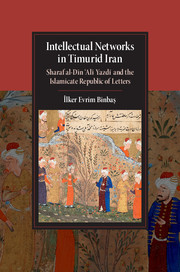
Intellectual Networks in Timurid Iran
Sharaf Al-DiN Al Yazd and the Islamicate Republic of Letters
2016
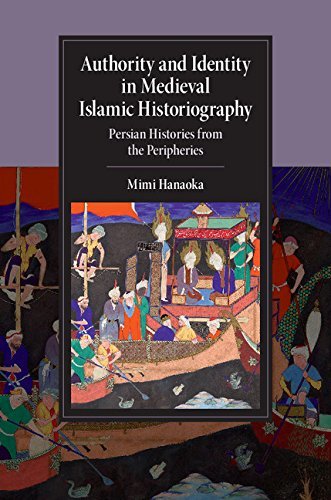
Authority and Identity in Medieval Islamic Historiography
Persian Histories from the Peripheries
2016
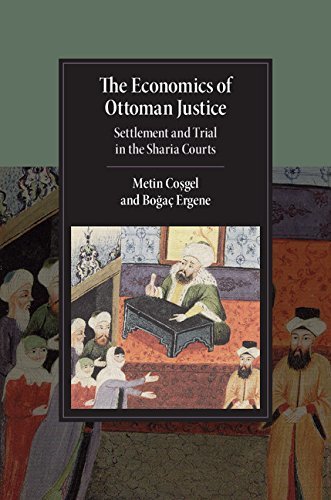
The Economics of Ottoman Justice
Settlement and Trial in the Sharia Courts
2016
Muhammad's Heirs
The Rise of Muslim Scholarly Communities, 622-950
2017
The First of the Modern Ottomans
The Intellectual History of Ahmed Vasif
2017
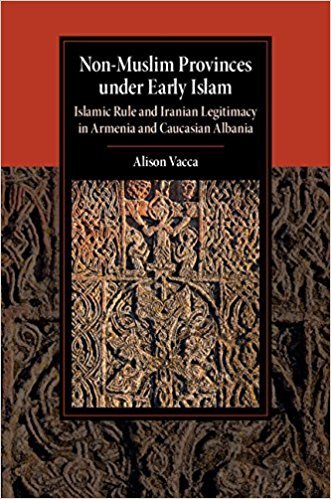
Non-Muslim Provinces Under Early Islam
Islamic Rule and Iranian Legitimacy in Armenia and Caucasian Albania
2017
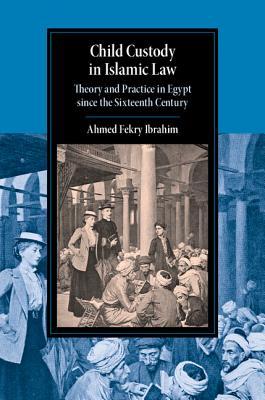
Child Custody in Islamic Law
Theory and Practice in Egypt since the Sixteenth Century
2018
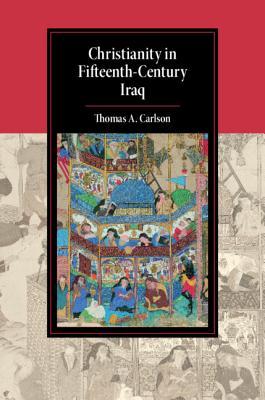
Christianity in Fifteenth-Century Iraq
2018
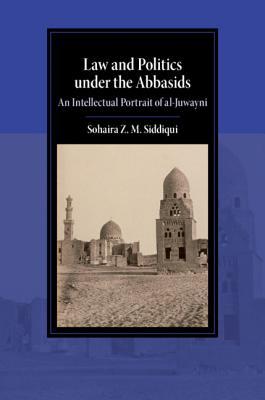
Law and Politics under the Abbasids
An Intellectual Portrait of al-Juwayni
2019
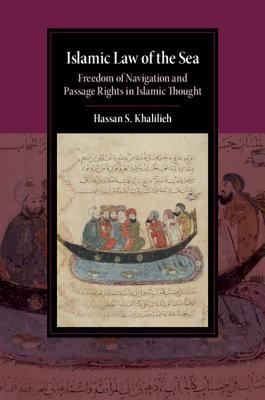
Islamic Law of the Sea
Freedom of Navigation and Passage Rights in Islamic Thought
2019
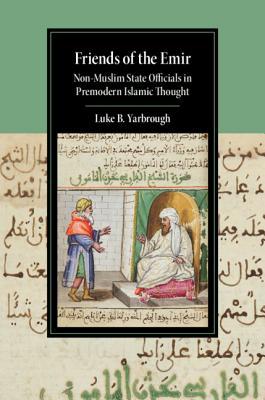
Friends of the Emir
Non-Muslim State Officials in Premodern Islamic Thought
2019
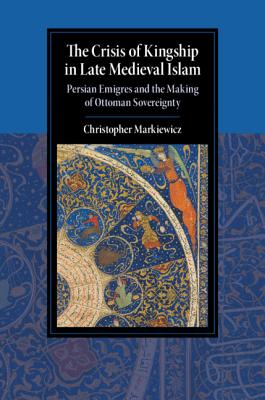
The Crisis of Kingship in Late Medieval Islam
Persian Emigres and the Making of Ottoman Sovereignty
2019
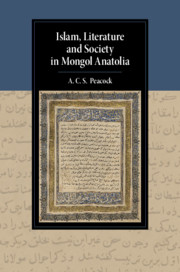
Islam, Literature and Society in Mongol Anatolia
2019
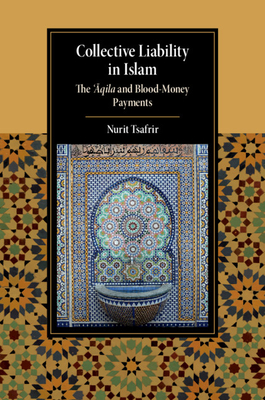
Collective Liability in Islam
The ‘Aqila and Blood Money Payments
2019

Arabic Poetics
Aesthetic Experience in Classical Arabic Literature
2020
Authors


Suraiya Faroqhi was born in Berlin to a German mother and Indian father in 1941. She studied at Hamburg University and she came to Istanbul through a university exchange program when she was 21. At Istanbul University, she became a student of Ömer Lütfi Barkan. She completed her master's degree in Hamburg and between 1968-1970 she studied English Language Teaching at Indiana University-Bloomington. After her post-doctorate, she worked as English Lecturer at METU. She retired from METU in 1987 and from München Ludwig Maximillan Universität in 2005. A turning point in her life came in 1962-63, when she took the opportunity to go to Istanbul University on a fellowship as an exchange student. Subsequently she became a student of Ömer Lüfti Barkan, one of the founding fathers of Ottoman history and an editor of Annales. When she first read Fernand Braudel at Barkan’s insistence, she “had the feeling that’s the sort of thing I wanted to do.” She wrote her doctoral thesis at Hamburg on a set of documents that a late 16th-century vizier submitted to his sultan discussing Ottoman politics at the time.[1] She is regarded as one of the most important economic and social historians of the Ottoman Empire working today. Professor Faroqhi has written substantially on Ottoman urban history, arts and crafts, and on the hitherto underrepresented world of the ordinary people in the empire. She is well known for her distinctive approach to Ottoman everyday life and public culture. She has published numerous books and articles in the field of pre- modern Ottoman history.

Is an Israeli politician and member of the Knesset for Shas. Cohen made aliyah to Israel in 1973. He gained a BA in business administration at the Center for Academic Studies in Kiryat Ono and took a two-year course at the Institute for Local Government in Bar-Ilan University. Cohen served as deputy mayor and acting mayor of Ramla, and chaired the city's Organisation for Prisoner Rehabilitation. He has also been a member of the city union on Secondary Education, the Ayalon Sewage Programme, the Ayalon Fire Department and the board of Amal College. He was first elected to the Knesset on Shas' list in 1999 and chaired the Public Petitions committee. He retained his seat in the 2003 elections, after which he chaired the State Control and Economic Affairs committees. He was re-elected again in 2006, and served as a Deputy Speaker of the Knesset. In 2006 he won the Quality of Government Badge for legislators. He retained his seat in the 2009 elections after being placed fourth on the Shas list. Cohen is married with four children and lives in Ramla.